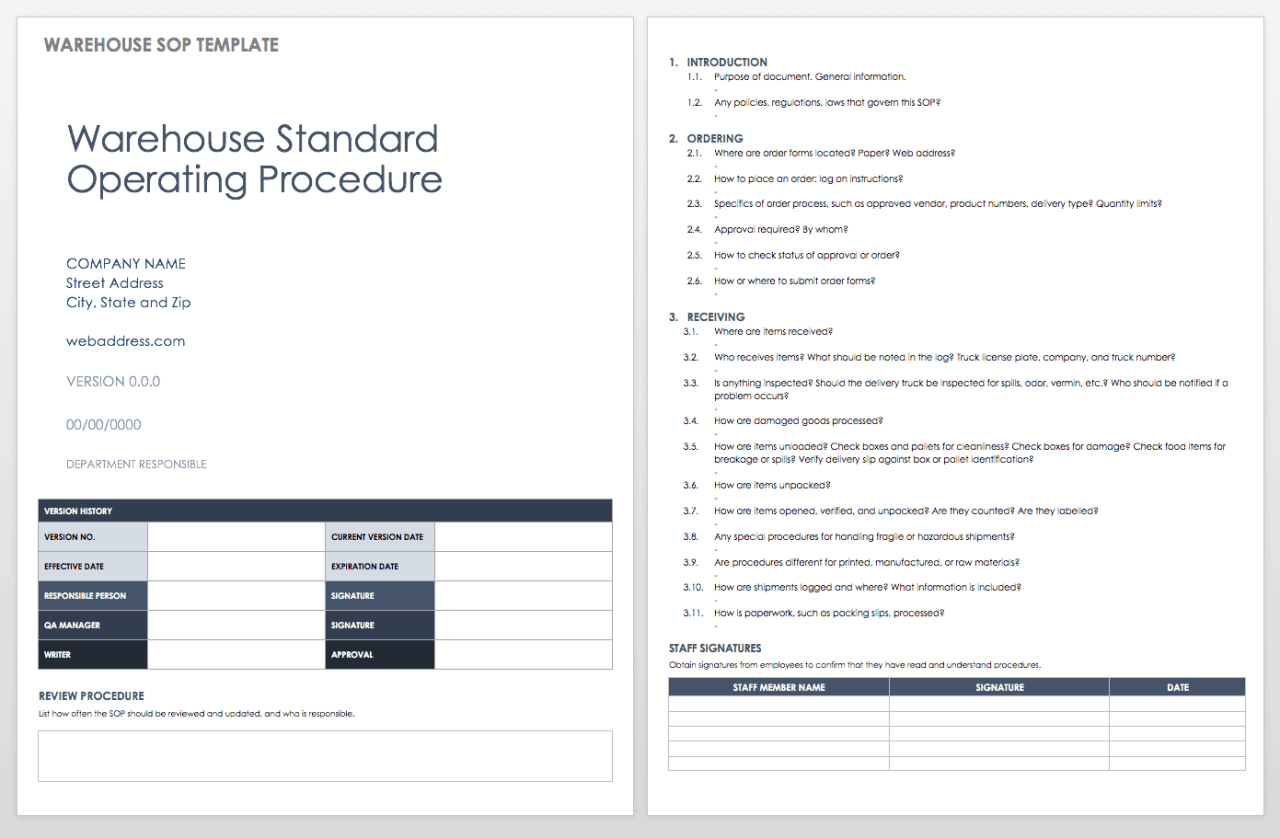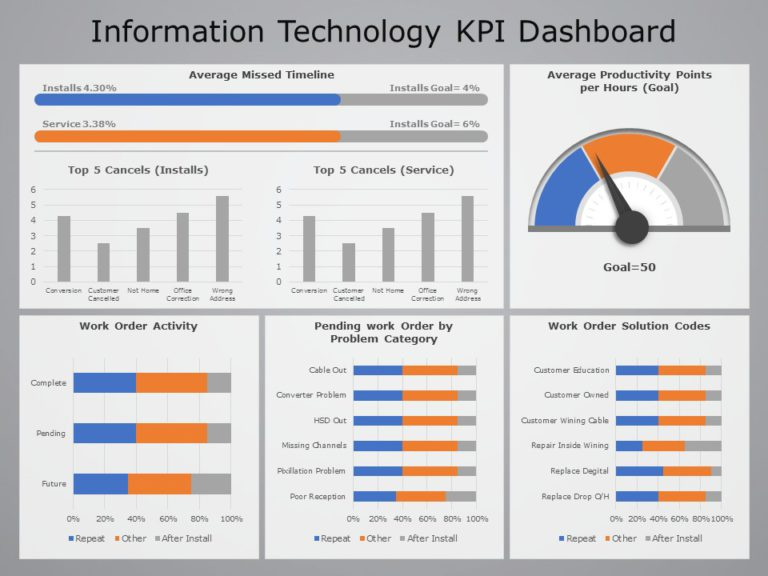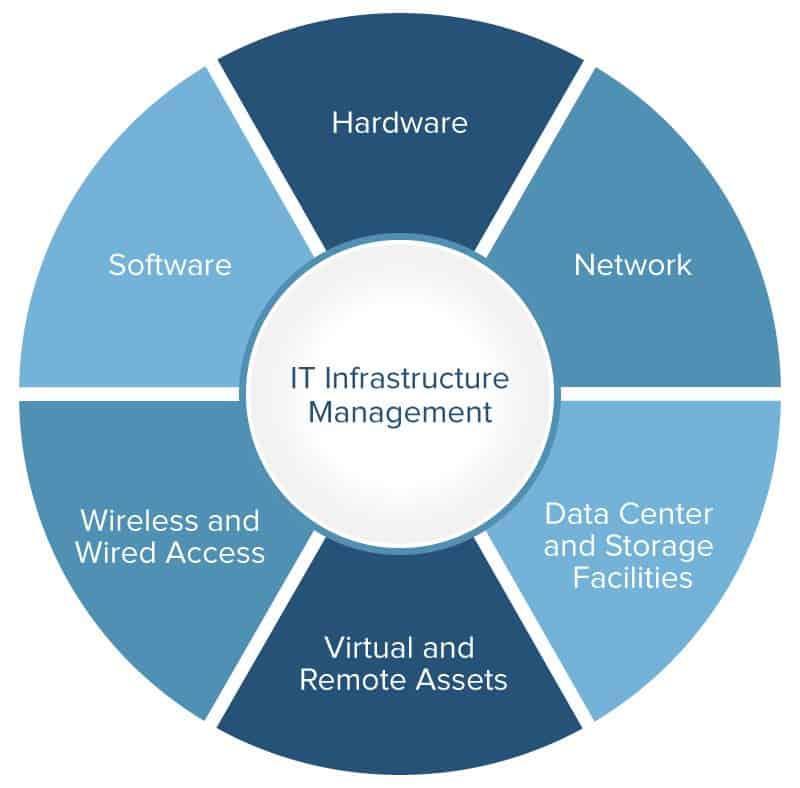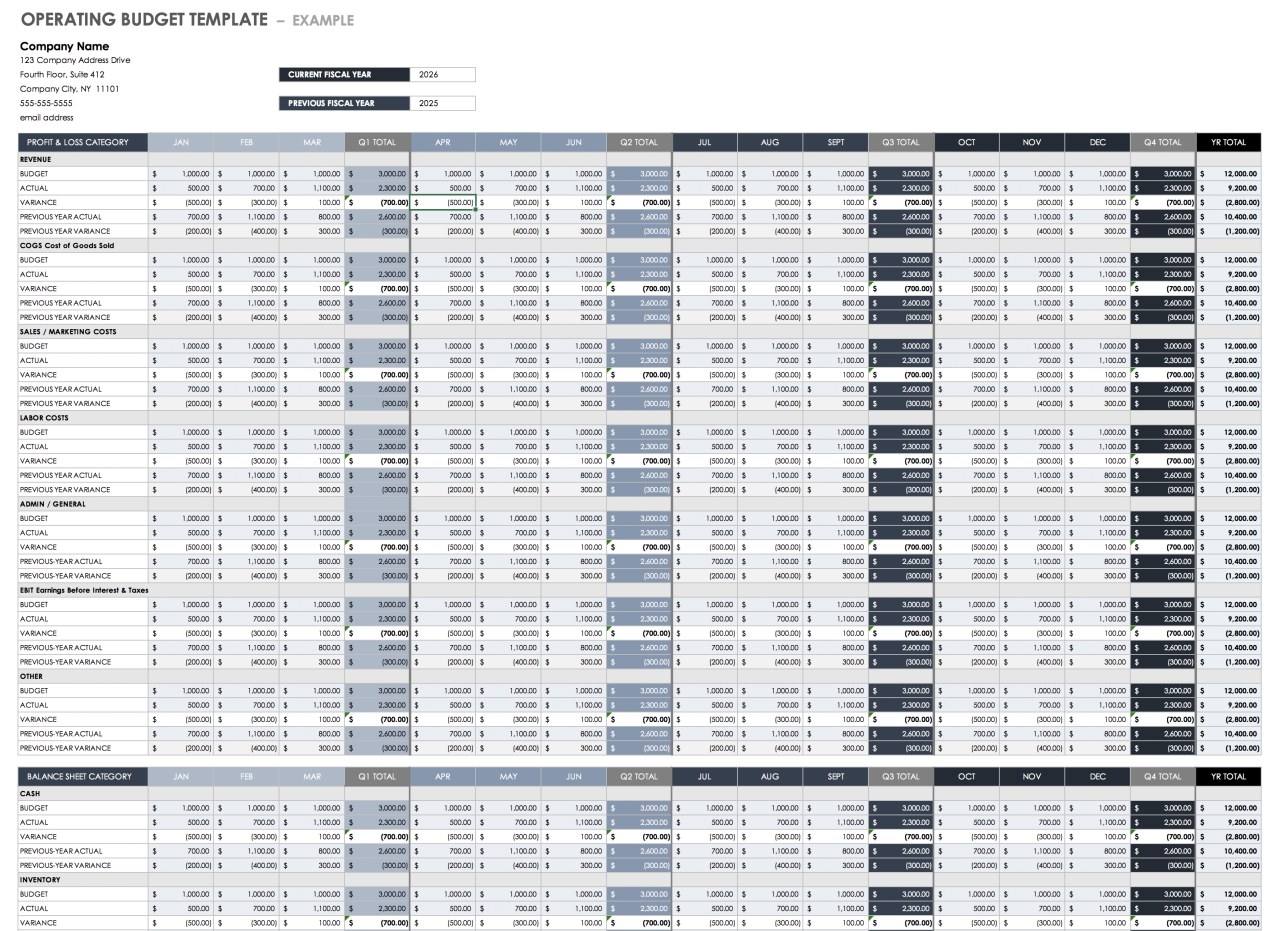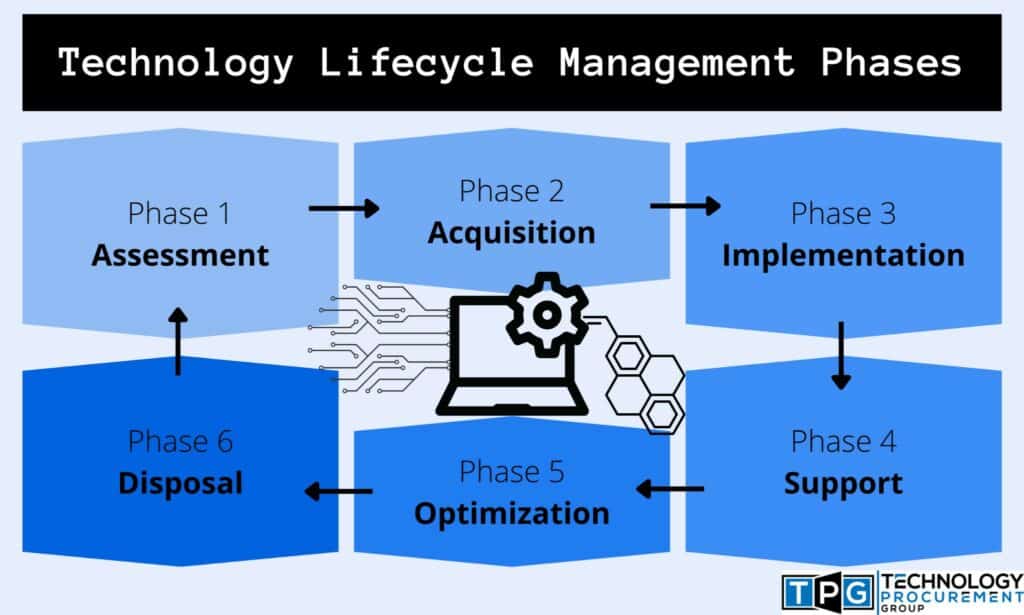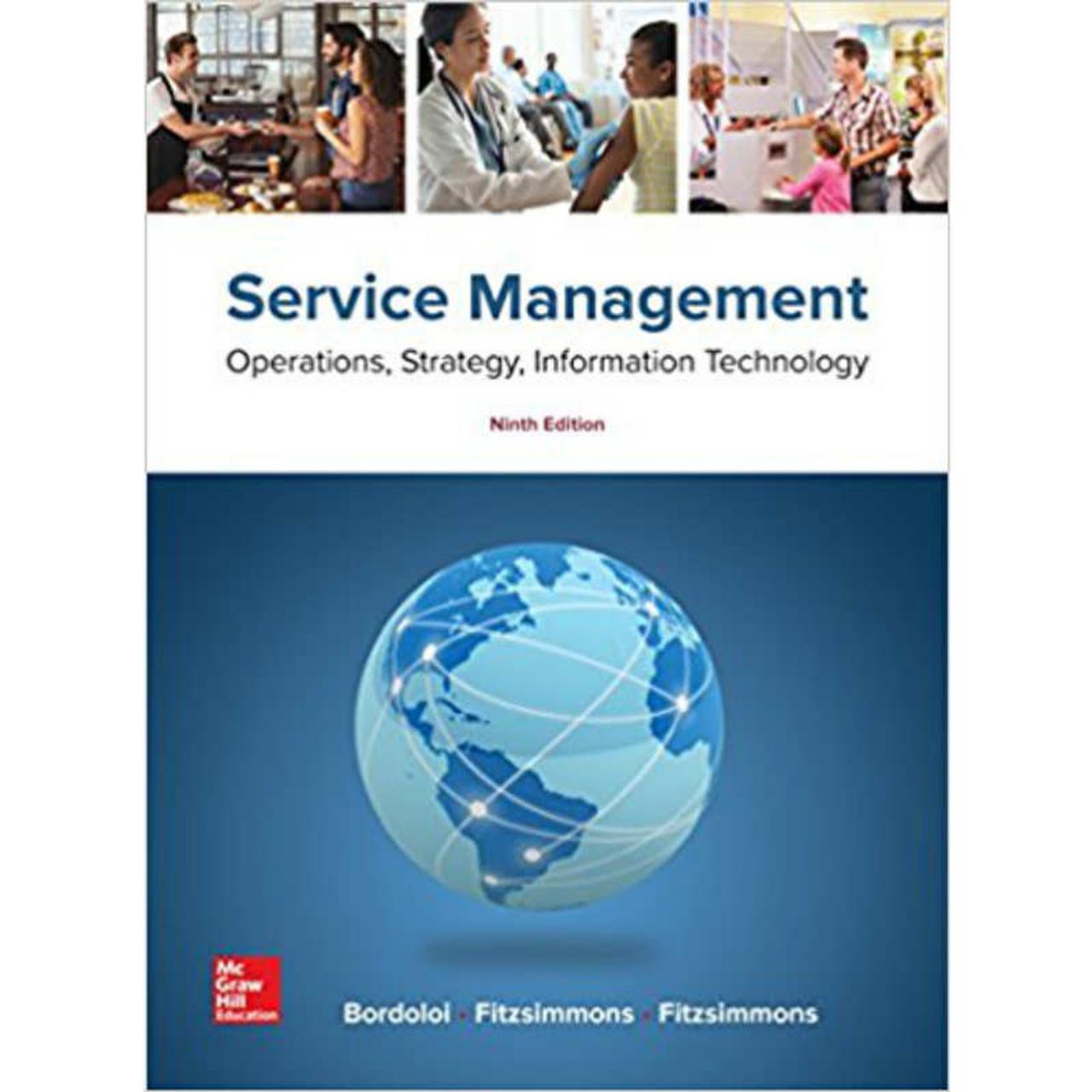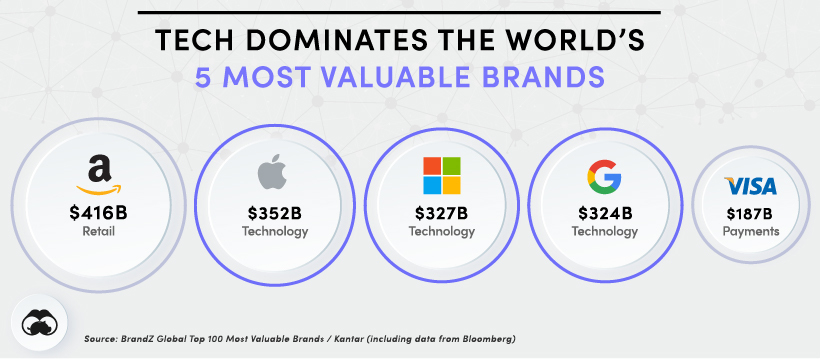Information Technology Balanced Scorecard: Measuring IT Performance
Information technology balanced scorecard is a powerful tool for aligning IT strategies with overall business goals. It goes beyond traditional financial metrics to encompass customer satisfaction, internal processes, and learning […]
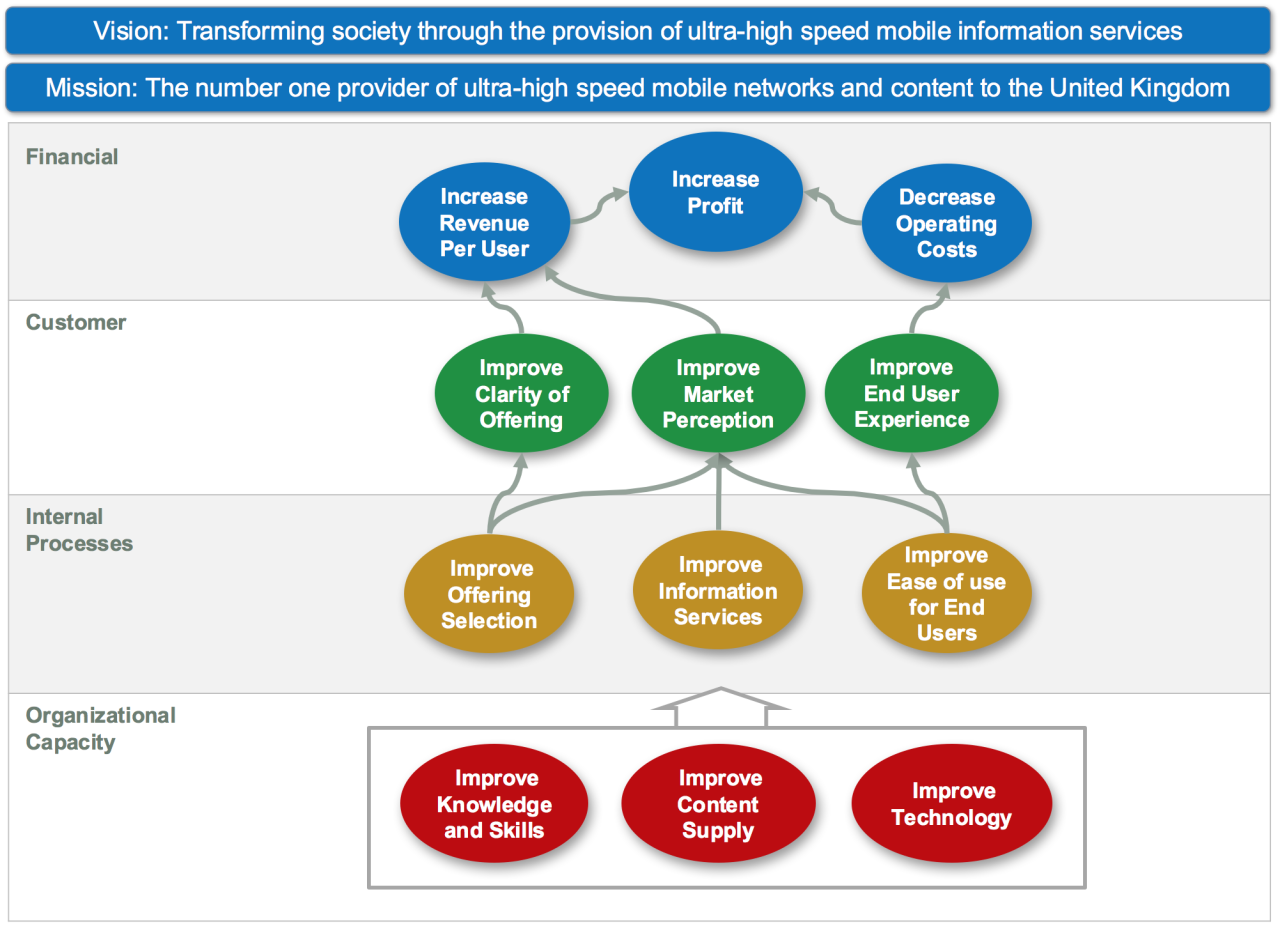
Information technology balanced scorecard is a powerful tool for aligning IT strategies with overall business goals. It goes beyond traditional financial metrics to encompass customer satisfaction, internal processes, and learning and growth, providing a comprehensive view of IT performance.
By adopting a balanced scorecard approach, organizations can effectively measure the impact of IT investments on key business objectives, driving innovation, improving customer experiences, and enhancing operational efficiency. This framework encourages a holistic perspective, ensuring that IT investments contribute to both short-term and long-term success.
Challenges and Best Practices
Implementing an IT Balanced Scorecard (IT BSC) can be a complex undertaking, requiring careful planning and execution. While the benefits are significant, several challenges must be addressed to ensure successful implementation and maximize its value. This section will explore common challenges and best practices for overcoming them.
Challenges in Implementing IT Balanced Scorecards
Implementing IT BSCs presents several challenges, including:
- Resistance to Change: Introducing a new performance measurement system can face resistance from IT staff who are accustomed to existing methods. This resistance may stem from concerns about increased workload, unfamiliar metrics, or perceived lack of understanding of the new system.
- Defining and Measuring Metrics: Identifying relevant and measurable metrics for IT performance can be challenging. Many IT functions are difficult to quantify, and aligning metrics with strategic objectives requires careful consideration. For example, measuring the impact of IT investments on business outcomes can be complex.
- Data Availability and Accuracy: IT BSCs rely on accurate and readily available data. Gathering and consolidating data from various IT systems and departments can be time-consuming and resource-intensive. Data quality issues can also undermine the reliability of the scorecard.
- Maintaining Focus and Alignment: IT BSCs need to be regularly reviewed and updated to ensure alignment with evolving business strategies and priorities. Without ongoing maintenance, the scorecard can become outdated and lose its relevance. Maintaining focus on key performance indicators (KPIs) is crucial for effective monitoring and improvement.
- Overcoming Complexity: IT BSCs can be complex to design and implement, especially for large organizations with diverse IT functions. Balancing the need for comprehensive coverage with simplicity and usability is a key challenge.
Best Practices for Effective IT Balanced Scorecards, Information technology balanced scorecard
Several best practices can help address these challenges and enhance the effectiveness of IT BSCs:
- Engage Stakeholders: Involving key stakeholders from both IT and business units is crucial for buy-in and successful implementation. This includes soliciting input on metric selection, data requirements, and reporting processes. Active participation fosters ownership and ensures the scorecard aligns with organizational goals.
- Start Small and Iterate: Begin with a focused set of metrics and gradually expand the scope as the system matures. This iterative approach allows for continuous improvement and reduces the risk of overwhelming stakeholders with too much information upfront.
- Prioritize Metrics: Focus on a limited number of key performance indicators (KPIs) that are most relevant to strategic objectives. Overloading the scorecard with too many metrics can dilute its effectiveness and make it difficult to track progress.
- Use Technology: Leverage data visualization tools and dashboards to present IT performance data in an accessible and informative manner. Technology can streamline data collection, analysis, and reporting, making it easier to monitor progress and identify areas for improvement.
- Foster Continuous Improvement: Regularly review and update the IT BSC to ensure it remains relevant and aligned with evolving business strategies. Conduct periodic performance assessments and identify opportunities for improvement based on data analysis and stakeholder feedback.
Strategies for Overcoming Challenges
Several strategies can help overcome common challenges and maximize the benefits of IT BSCs:
- Address Resistance to Change: Communicate the value proposition of the IT BSC clearly and transparently. Involve IT staff in the design and implementation process, providing training and support to ensure they understand the system and its benefits. Emphasize the focus on improvement rather than punishment, showcasing how the scorecard can help them achieve their goals.
- Define and Measure Metrics Effectively: Engage stakeholders to identify relevant and measurable metrics that align with business objectives. Use a combination of quantitative and qualitative metrics to capture a holistic view of IT performance. Develop clear definitions and measurement methods for each metric to ensure consistency and accuracy.
- Improve Data Availability and Accuracy: Invest in data management systems and processes to ensure data quality and accessibility. Establish data governance procedures to maintain data integrity and consistency across the organization. Use data validation techniques to identify and address data inconsistencies.
- Maintain Focus and Alignment: Regularly review and update the IT BSC to ensure it remains relevant and aligned with evolving business strategies. Prioritize KPIs and focus on areas that have the greatest impact on organizational performance. Communicate performance results to stakeholders and use them to drive continuous improvement.
- Simplify Complexity: Break down the IT BSC into manageable components that are relevant to specific business units or functions. Use visual representations and dashboards to present data in an easily understandable format. Focus on key performance indicators that provide a clear and concise view of IT performance.
Final Conclusion: Information Technology Balanced Scorecard

In conclusion, implementing an information technology balanced scorecard is a strategic initiative that empowers organizations to optimize IT performance and align it with business goals. By embracing a balanced perspective, organizations can gain valuable insights, make informed decisions, and ultimately achieve sustainable success through effective IT management.
The Information Technology Balanced Scorecard (ITBSC) helps organizations align IT strategies with business objectives. To achieve this, it’s crucial to leverage vanguard technologies that can deliver the necessary agility and innovation. By integrating these technologies into the ITBSC framework, organizations can drive performance and achieve sustainable business success.
